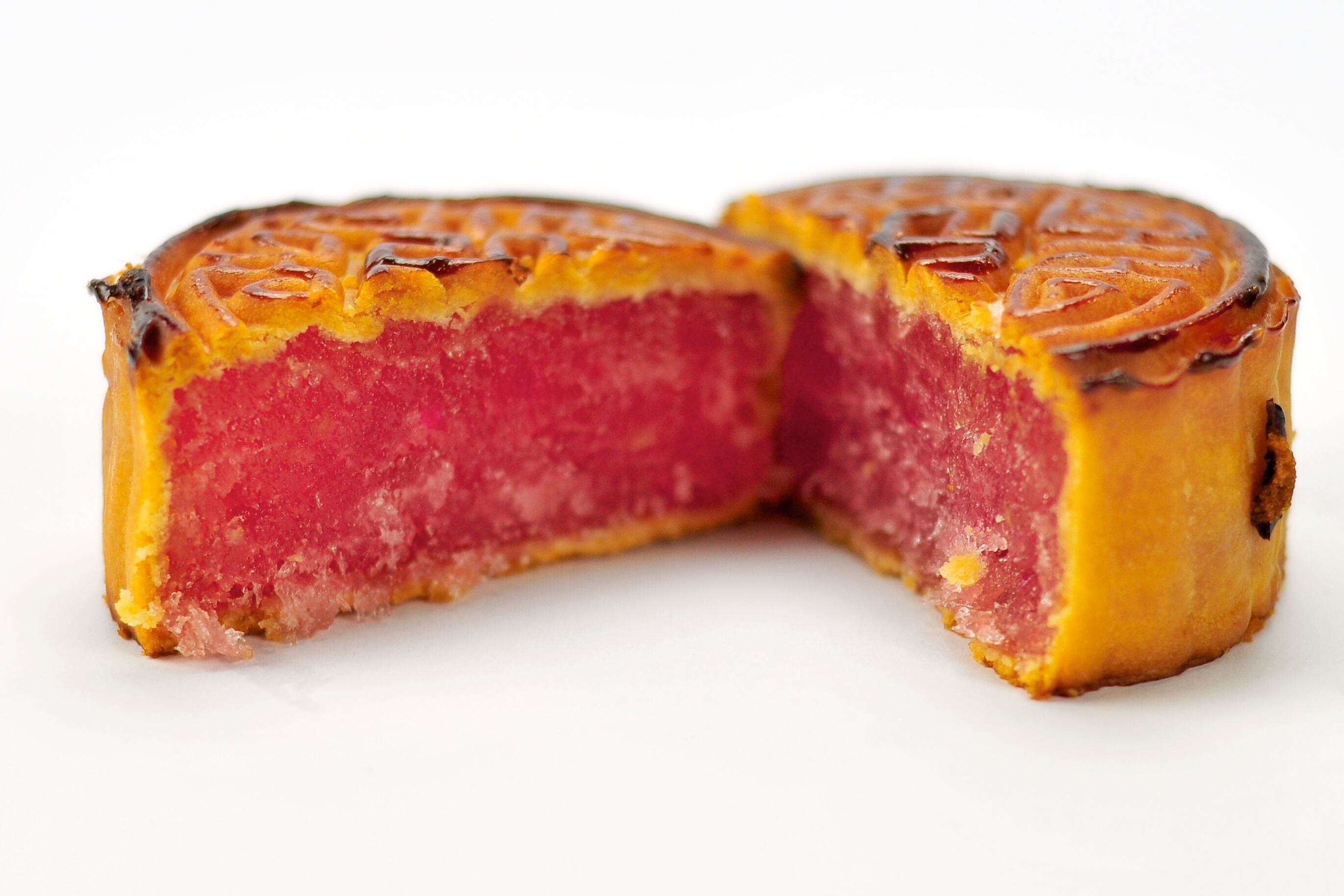Held earlier this month on September 8, the Mooncake Festival was celebrated as a public holiday in China, Vietnam and Taiwan. This year saw the launch of low-sugar and reduced-calorie mooncakes as well as branded Hello Kitty variants and eco-friendly boxes.
China Market Research (CMR) said the annual holiday was the largest and most significant event for cake manufacturers in the region.
Daphne Kasriel-Alexandar, consumer trends consultant at Euromonitor International, said the holiday was also a fantastic display of how consumer ideals in China had evolved.
“As emerging markets become more developed they acquire more of a cosmopolitan taste along with a more global outlook; they acquire global preoccupations,” she told BakeryandSnacks.com.
Obesity and health had become a concern in China as well as awareness around sustainability and a desire for innovative luxury, she said. But, these had importantly merged with traditional values rather than replaced them, she added.
“It’s very interesting – current consumer preoccupations have shifted. While the population expands, develops and becomes middle-class, consumers acquire the global concerns but they merge these with traditional values. So they have a new take on something very traditional like mooncakes.”
“…The fact that something traditional is being adapted to the more global consumer outlook is extremely interesting.”

Fat-free, low-calorie mooncakes and a digital movement
Manufacturers in the region had responded to concerns around health, particularly given mooncakes were traditionally very calorific – with around 1,000 kcal per cake, Kasriel-Alexandar said.
Low-calorie, low-sugar varieties had been developed by a number of regional bakeries, including Maxim’s Bakery in Hong Kong.
While adapted mooncake recipes were not new this year, she said there had been more reinventions that challenged the calorie-laden content. Miniature versions, for example, had been launched as an alternative calorie control option, she said.
Kasriel-Alexandar also said the regional bakery major, which produced 45 million mooncakes each year, had developed a portfolio of branded variants that appealed to a younger generation.
Hello Kitty and Mickey Mouse branded mooncakes as well as products shaped like emoji from the popular messaging app Line were a few examples.
“Interest in digital engagement is not limited to the West; Asia Pacific consumers have very high interest… their interest in traditional engagement is also expressed in their take of the mooncake tradition,” she said.

Packaging greener starting
In addition, Maxim’s had driven efforts to cater to sustainability concerns – packing 250,000 mooncakes in eco-friendly, recyclable boxes.
While it wasn’t a big proportion of their total mooncake production, Kasriel-Alexandar said it was a promising start.
“I don’t think brands decide suddenly to be green, because it costs more. There’s been possibly some gently pushing and encouragement from consumers, particularly online consumers because they are typically more vocal about what they want,” she said.
Asked if China really cared about green issues, she said while consumers in the country were often perceived as not worried, surveys indicated otherwise.
“The evidence of environmental neglect is all around them. They’ve had smog, the fallout of safety issues, things not being regulated, but mostly visibility in terms of pollution and damaged rivers – they’ve got negative environmental impacts that are quite visible.”
How to target China’s cake market
For international players looking to enter the Chinese cake market, Kasriel-Alexandar said online retail platforms should be seriously considered.
“They don’t necessarily need to get into traditional bricks and mortar – they could get into online sales and promotion. If you engage and appeal to consumers online, they’re more likely to purchase goods and you cultivate a relationship with the brand,” she said.
